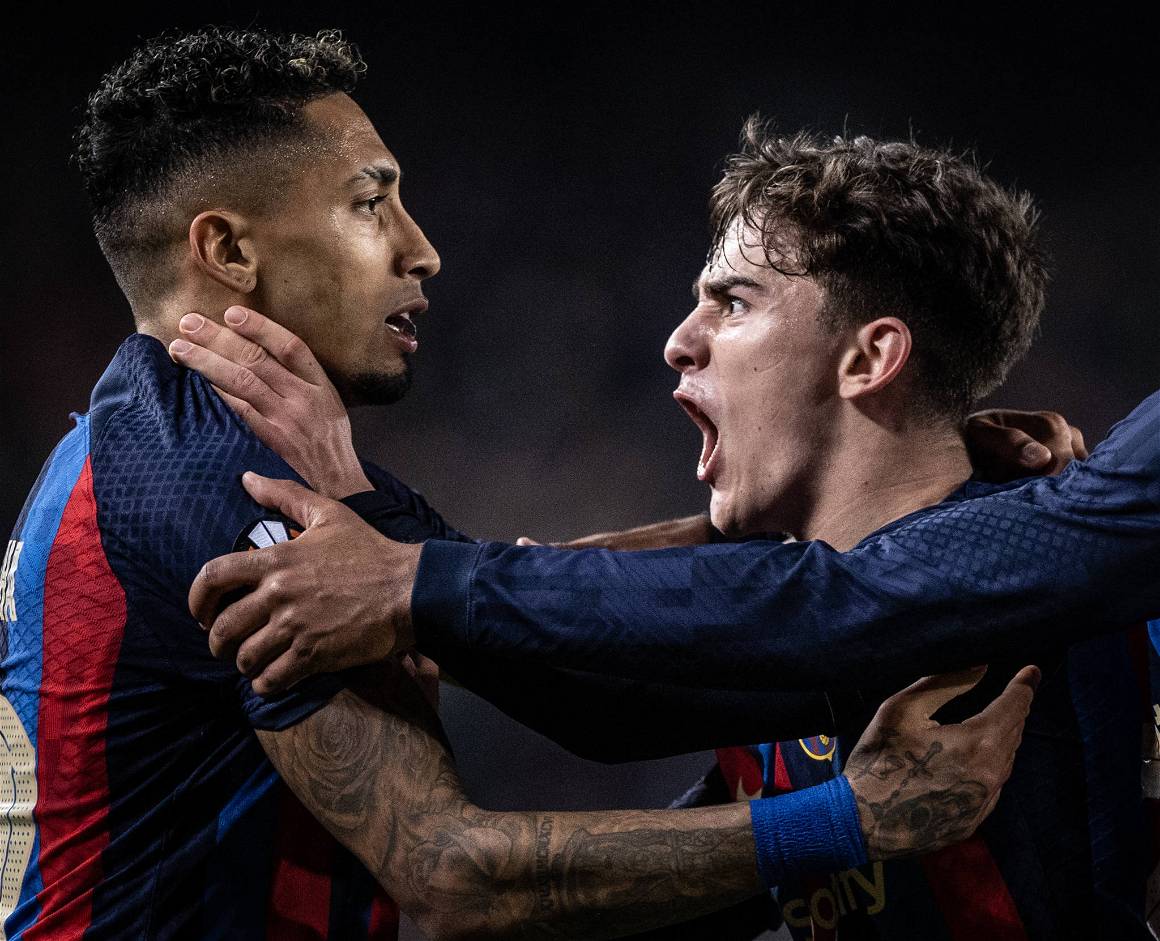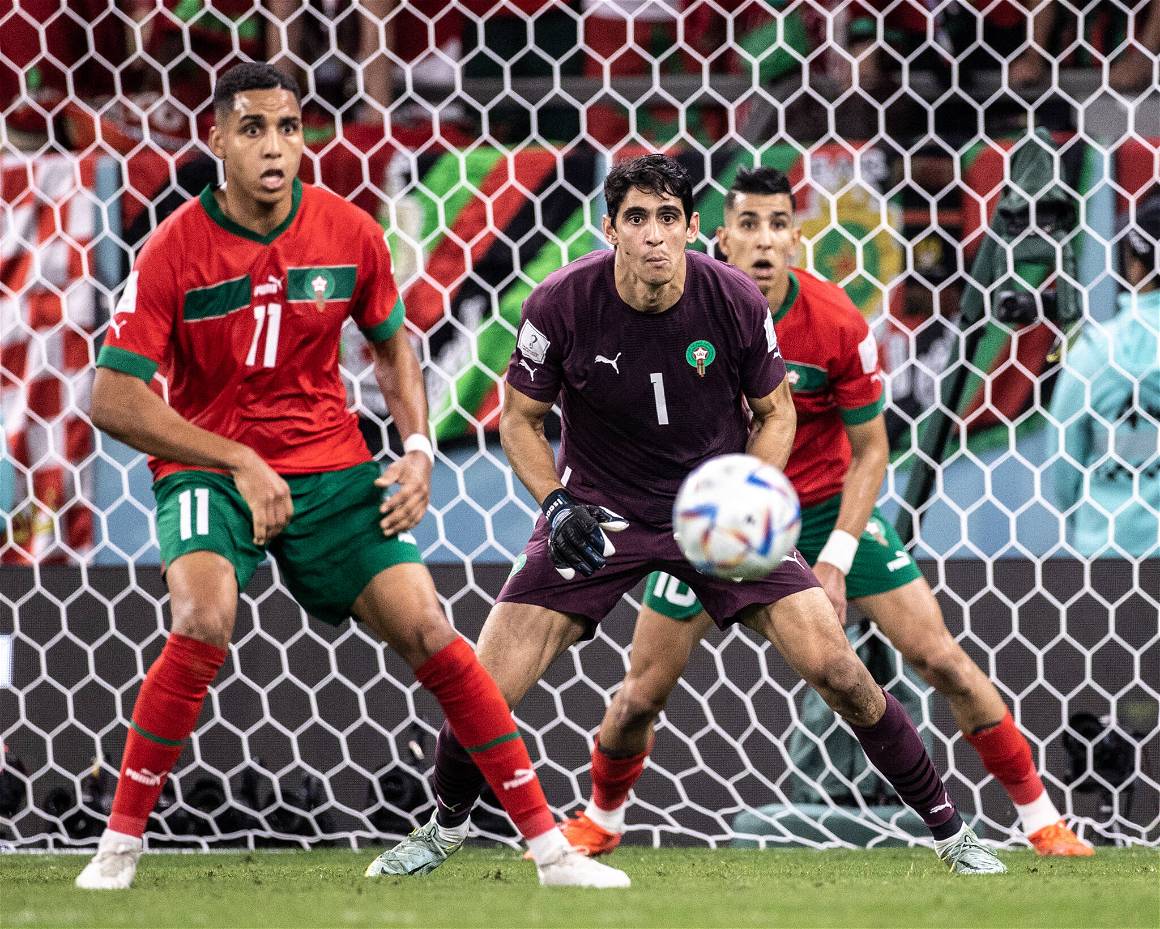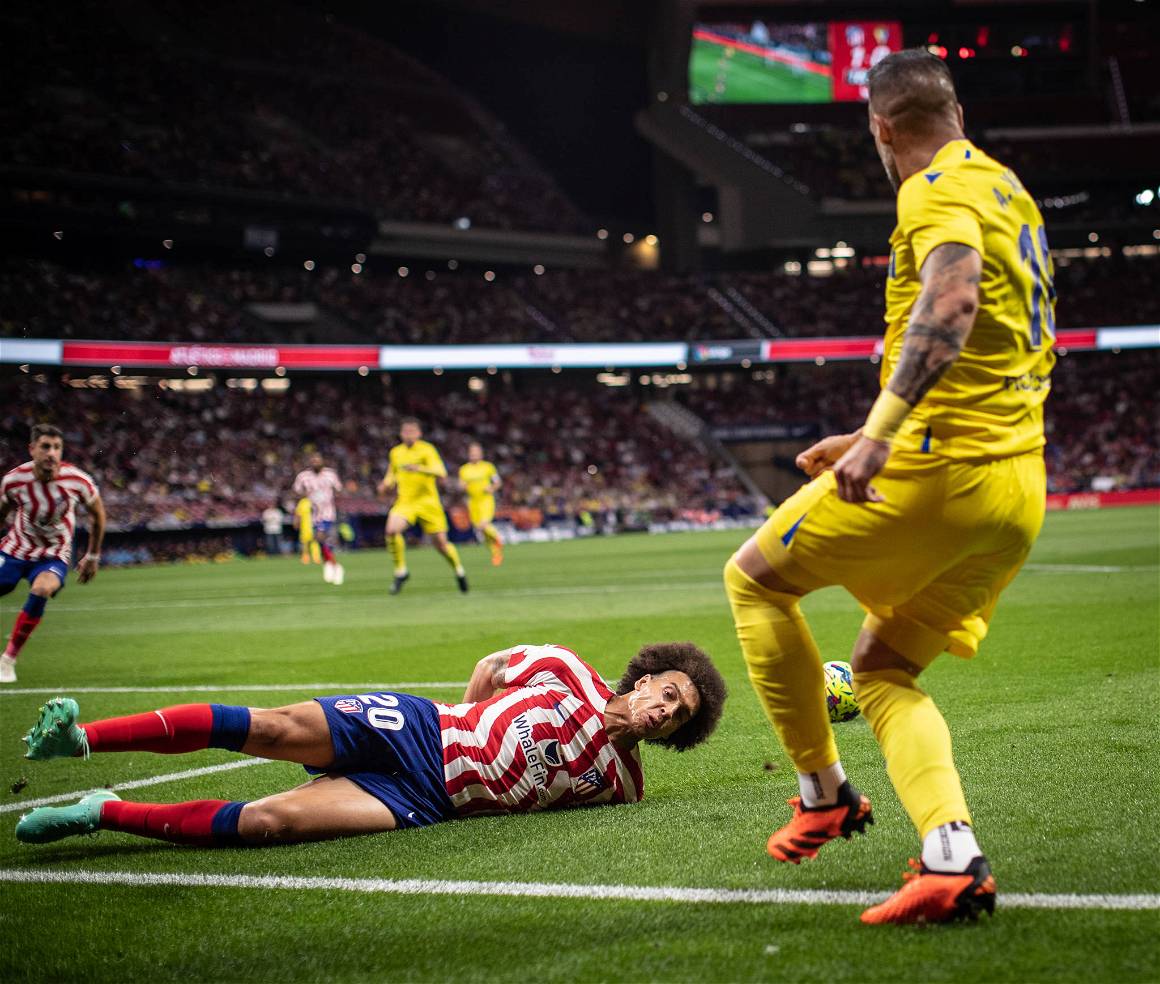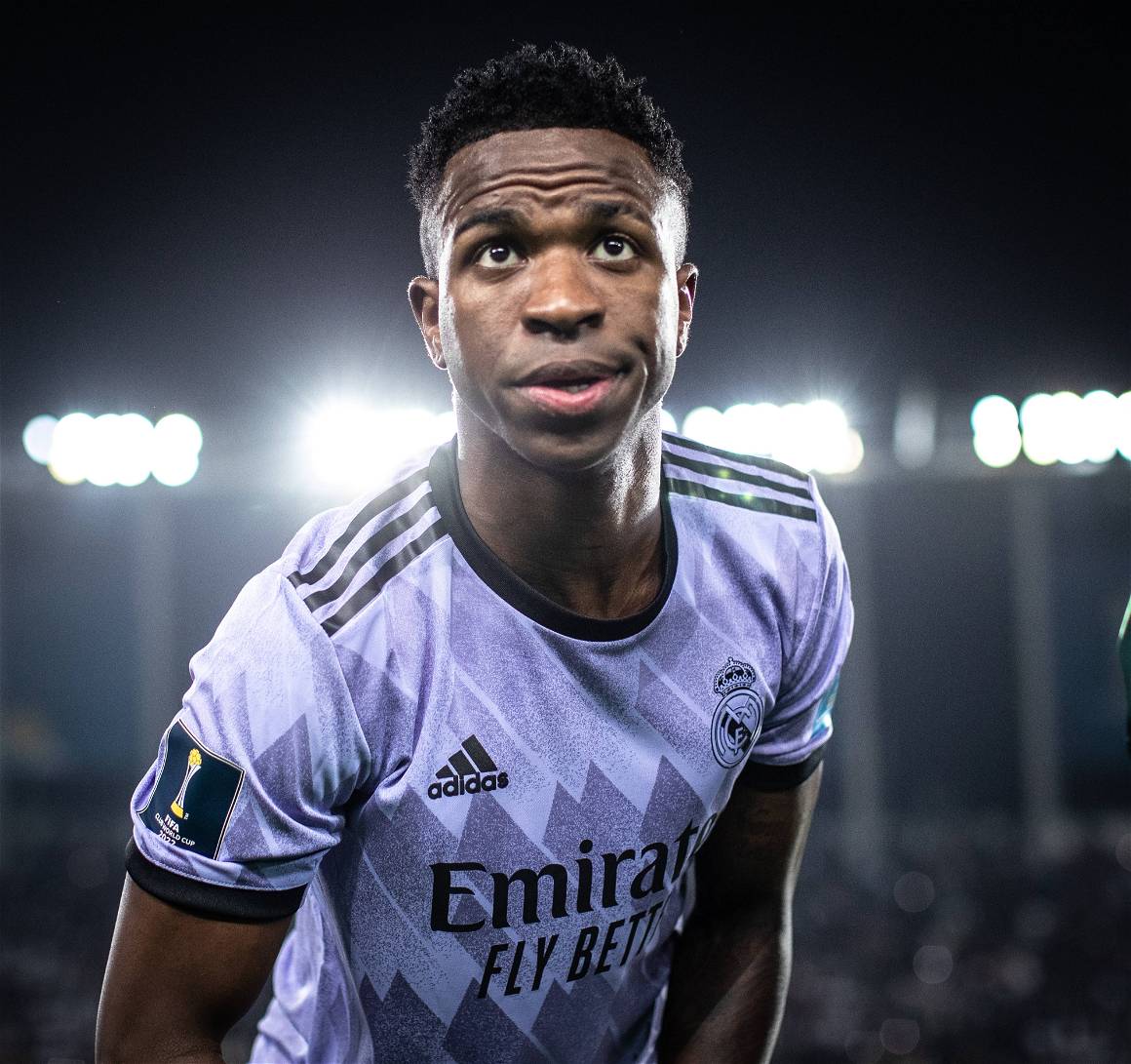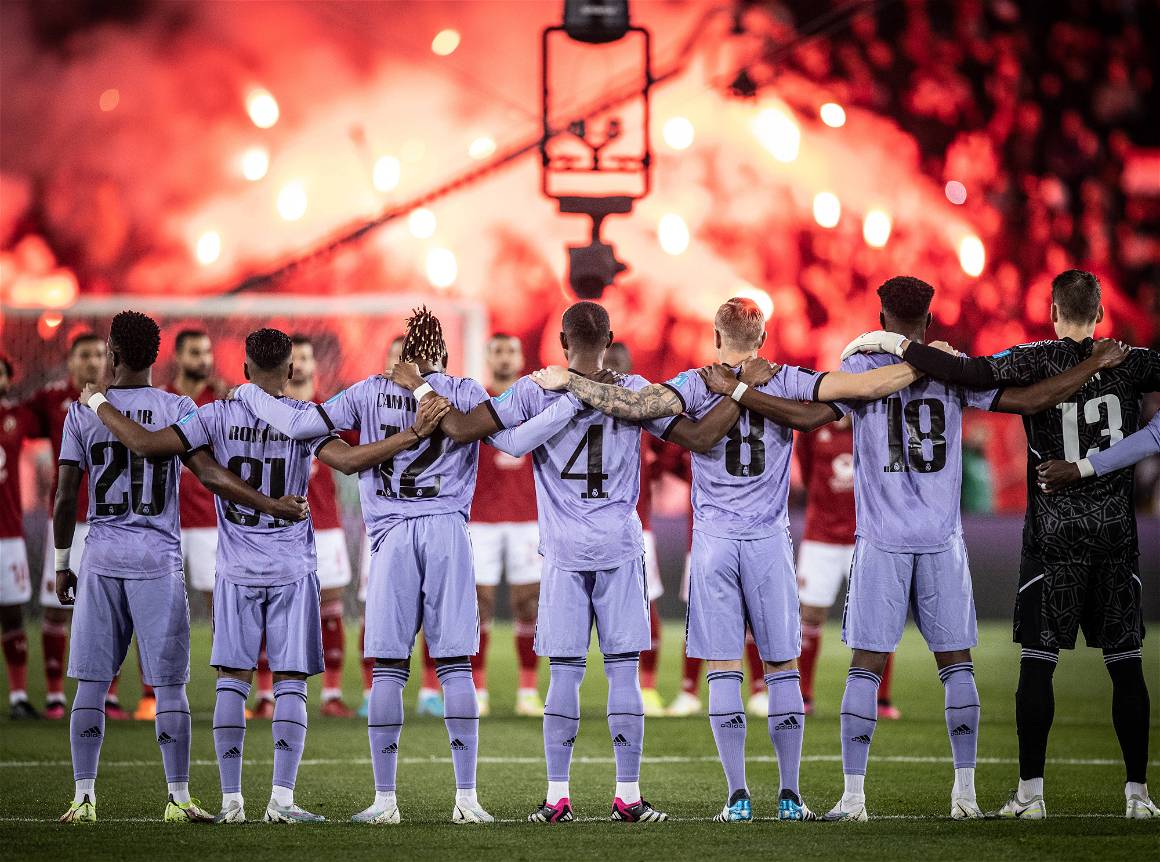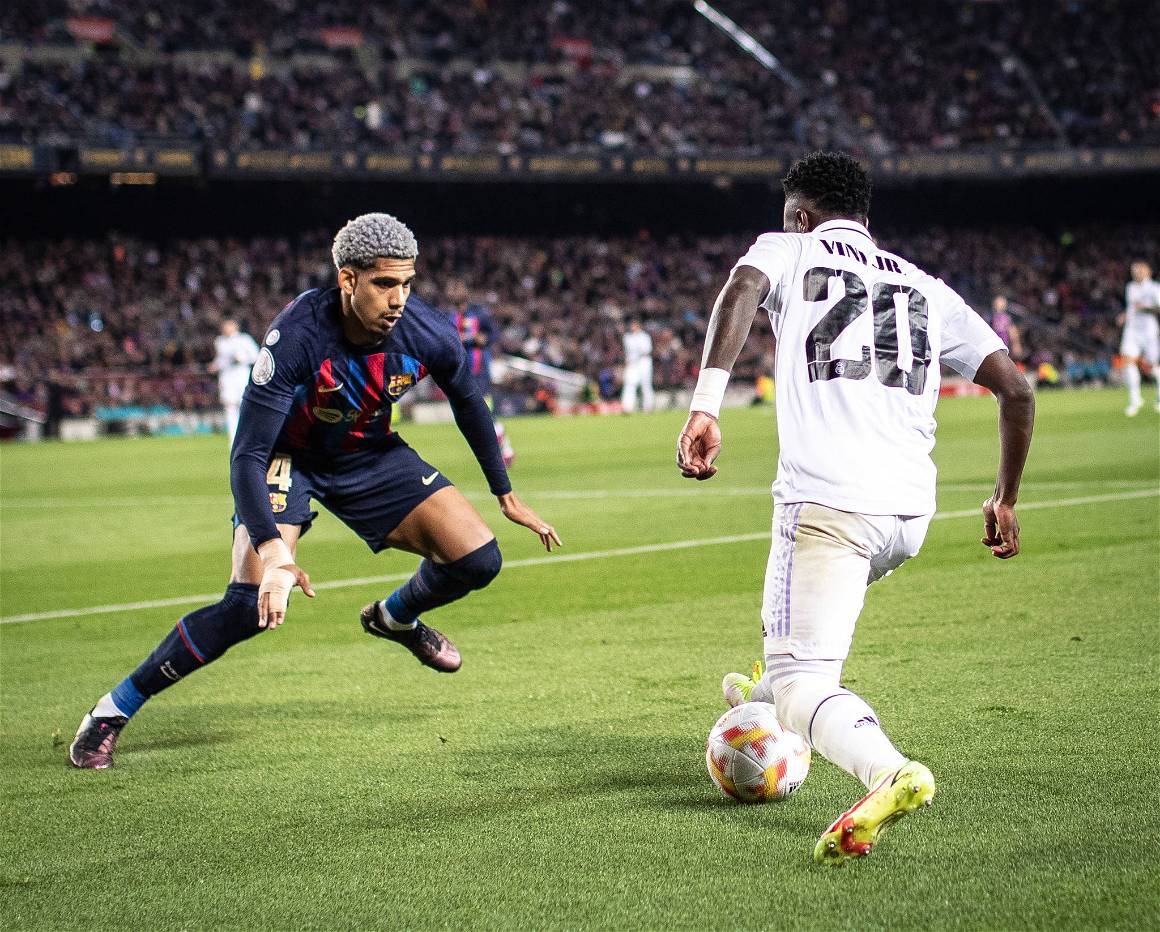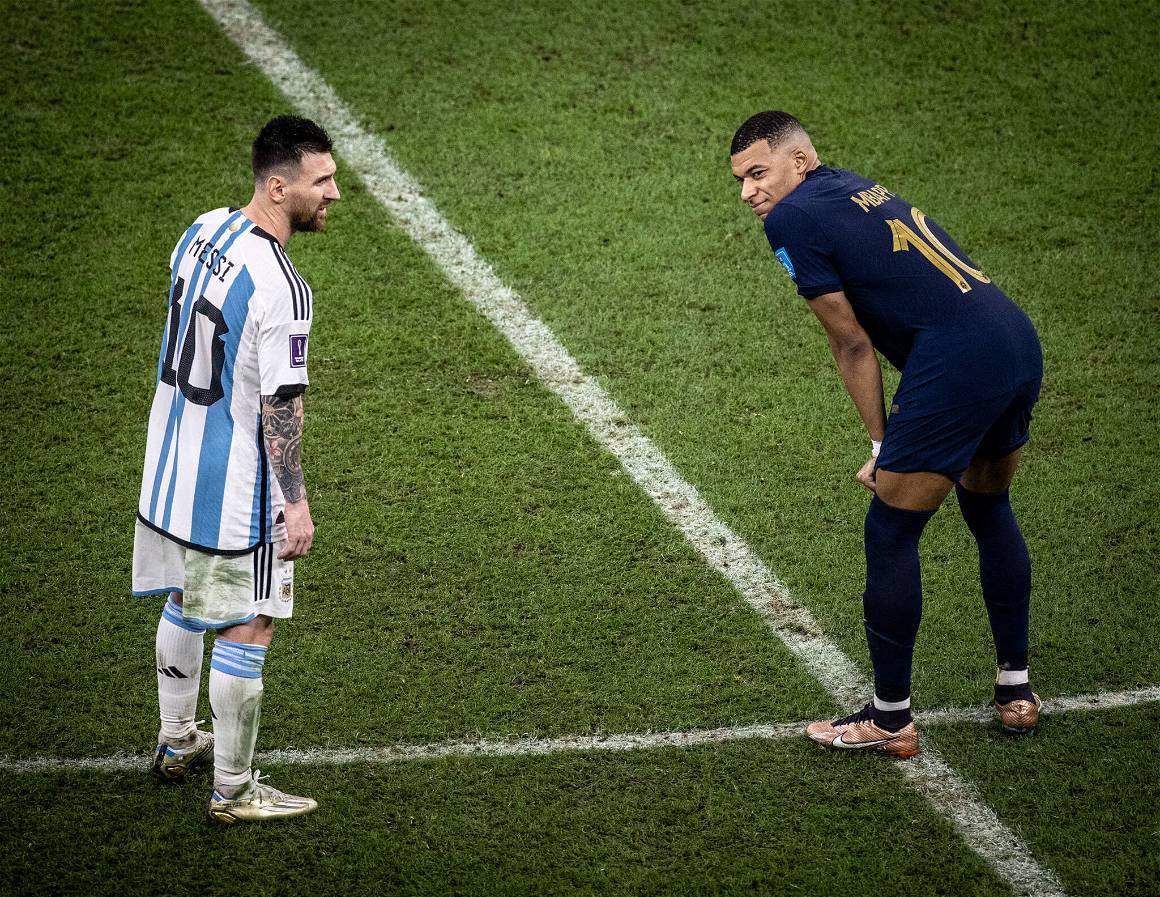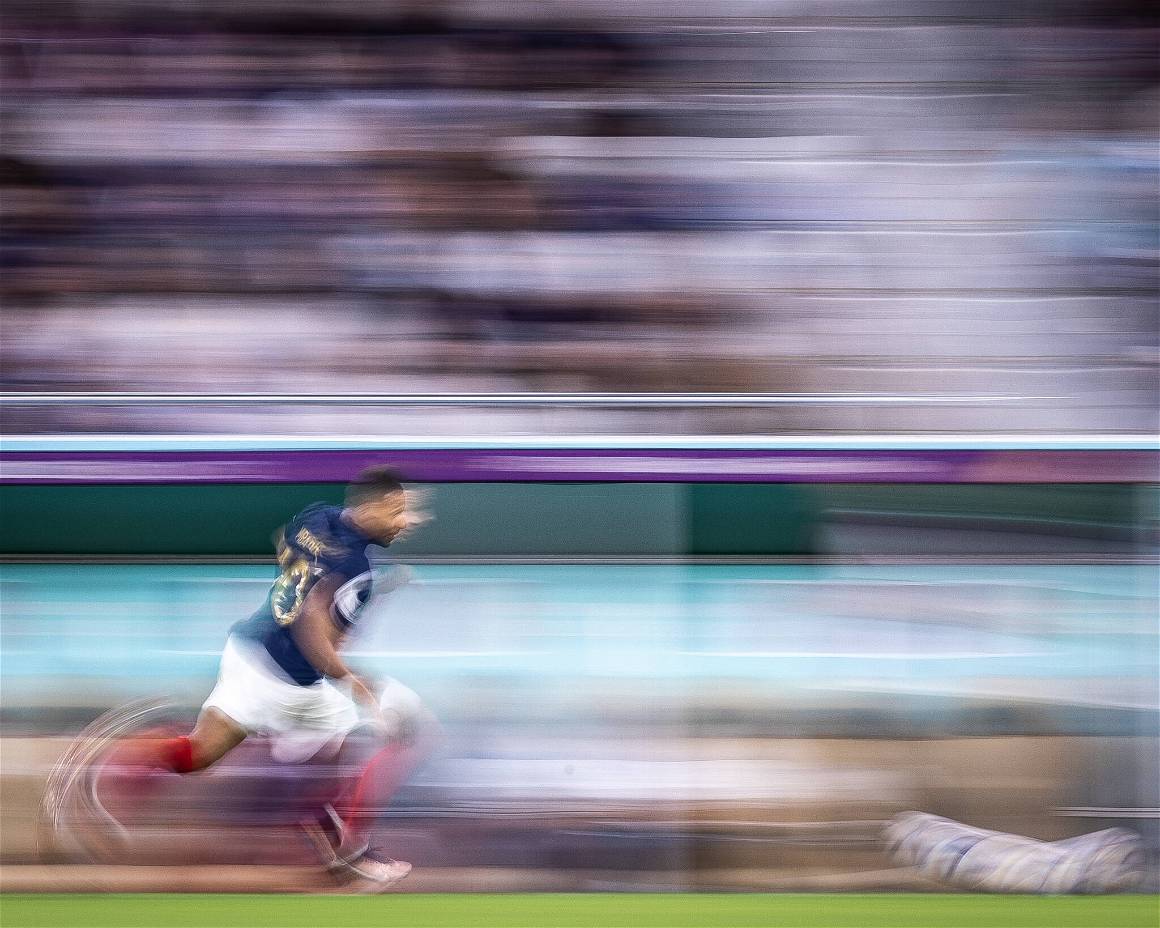In our new series for The Game magazine, we will be bringing you the latest advice, industry tips, challenges, and personal accounts straight from the most experienced and professional photographers in the industry.
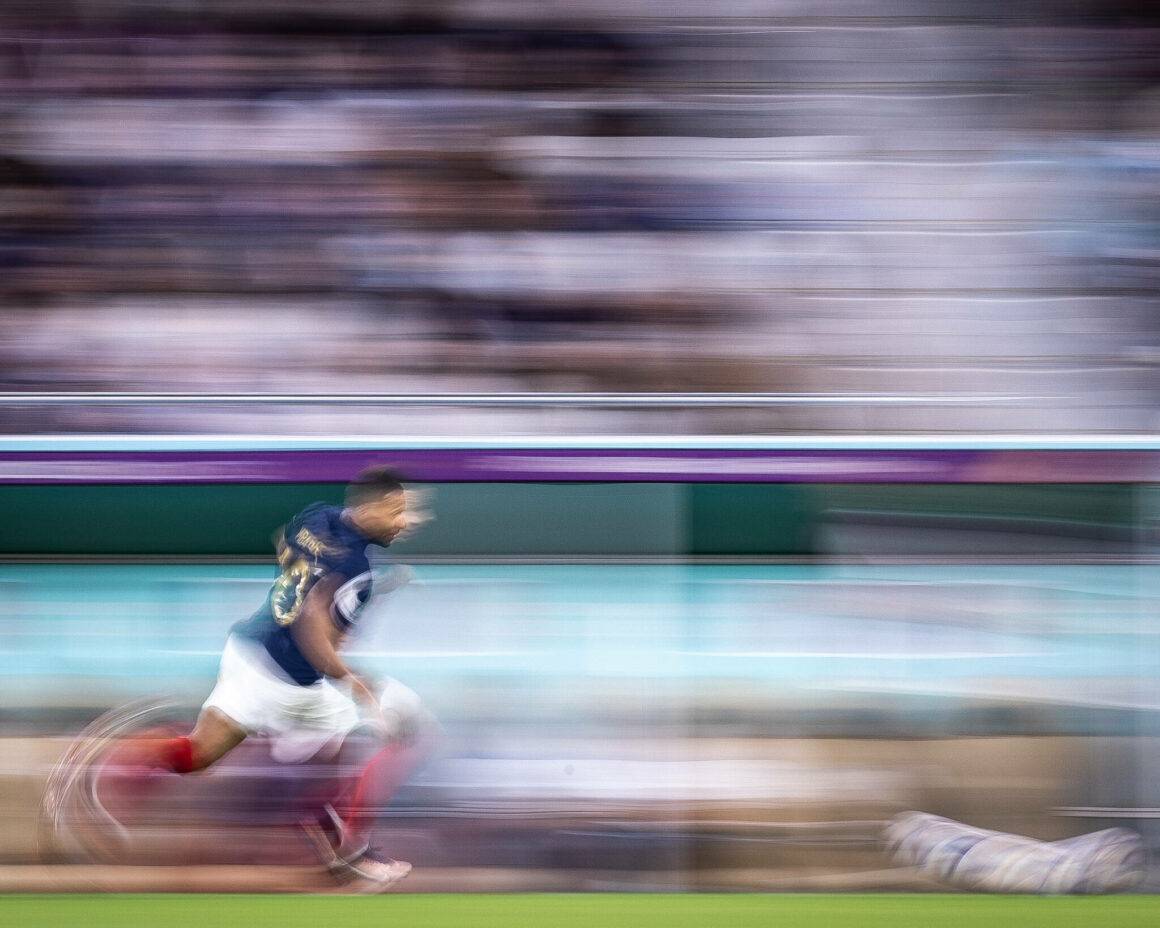
Behind the Lens, The Challenges of Sports Photography
Have you ever thought about how photographers manage to capture incredible shots in extreme weather conditions, in intense heat, heavy rain, or even snowstorms? Or how they deftly capture live events like sports photography with finesse and expertise, overcoming obstacles at every turn? What about those brave photojournalists who risk it all to deliver stunning visuals from the frontlines of breaking news, whether it’s wars, natural disasters, protests, or celebrations?
In our new series, “Behind the Lens,” we’ll be sitting down with some of the industry’s most talented photographers to learn about their journey to success, the challenges they’ve overcome, and the secrets to their incredible photos. Through exclusive interviews and behind-the-scenes access, we’ll gain an insider’s perspective on their work, along with valuable tips and recommendations to help you elevate your own photography skills.
The Challenges of Sports Photography: Live Coverage

Ricardo Nogueira
Ricardo is a professional photographer based in Spain with more than two decades of experience in the industry. He has covered three World Cups, one Olympics, and countless football matches in over 42 countries, showcasing his talent and passion for sports photography.
With his keen eye for detail and ability to capture the essence of the game, Ricardo’s work is truly inspiring, conveying the emotion and beauty of football. Currently Ricardo is working with IMAGO.
“ The biggest challenge of sports photography, in my opinion, is not just to educate but also to bring attention to aesthetic beauty.”
When I first started, I was aware that I would need to take a unique approach in order to stand out in the football photo segment. When I saw images of the games in the press, they always seemed to be essentially the same. I couldn’t do “the ordinary” as my aim has always been to work for big newspapers and magazines.
I felt like I needed to find a way to be original and had to innovate somehow. So, I started to use some “strategies”: I positioned myself on the side of the field that the other photographers weren’t on, I used different equipment (600mm and 50mm – which I still use today), exploring new perspectives and angles, I invested a lot in detail, etc.
That essentially captures the essence of the game, in my opinion. If combined with good composition and plastic beauty, it will be the perfect photo. But it’s hard to put all of this together in the same frame. Also, because a football game has countless nuances, everything can change in a fraction of a second.
I’ve’ lost count of the number of games I’ve’ photographed when I initially believed I would have a wonderful image of the game, but everything turned downhill in the final shot as the winning team lost, the game’s highlight failed and compromised the team, etc.
The biggest challenge of sports photography, in my opinion, is not just to educate but also to bring attention to aesthetic beauty. In the case of football, I feel that seeing the game in a different way grabs the attention of people viewing the image. Another big challenge is to convey the game’s emotion to those who don’t even like football.
“ I positioned myself on the side of the field that the other photographers weren’t on, I used different equipment (600mm and 50mm – which I still use today), exploring new perspectives and angles, I invested a lot in detail.”
